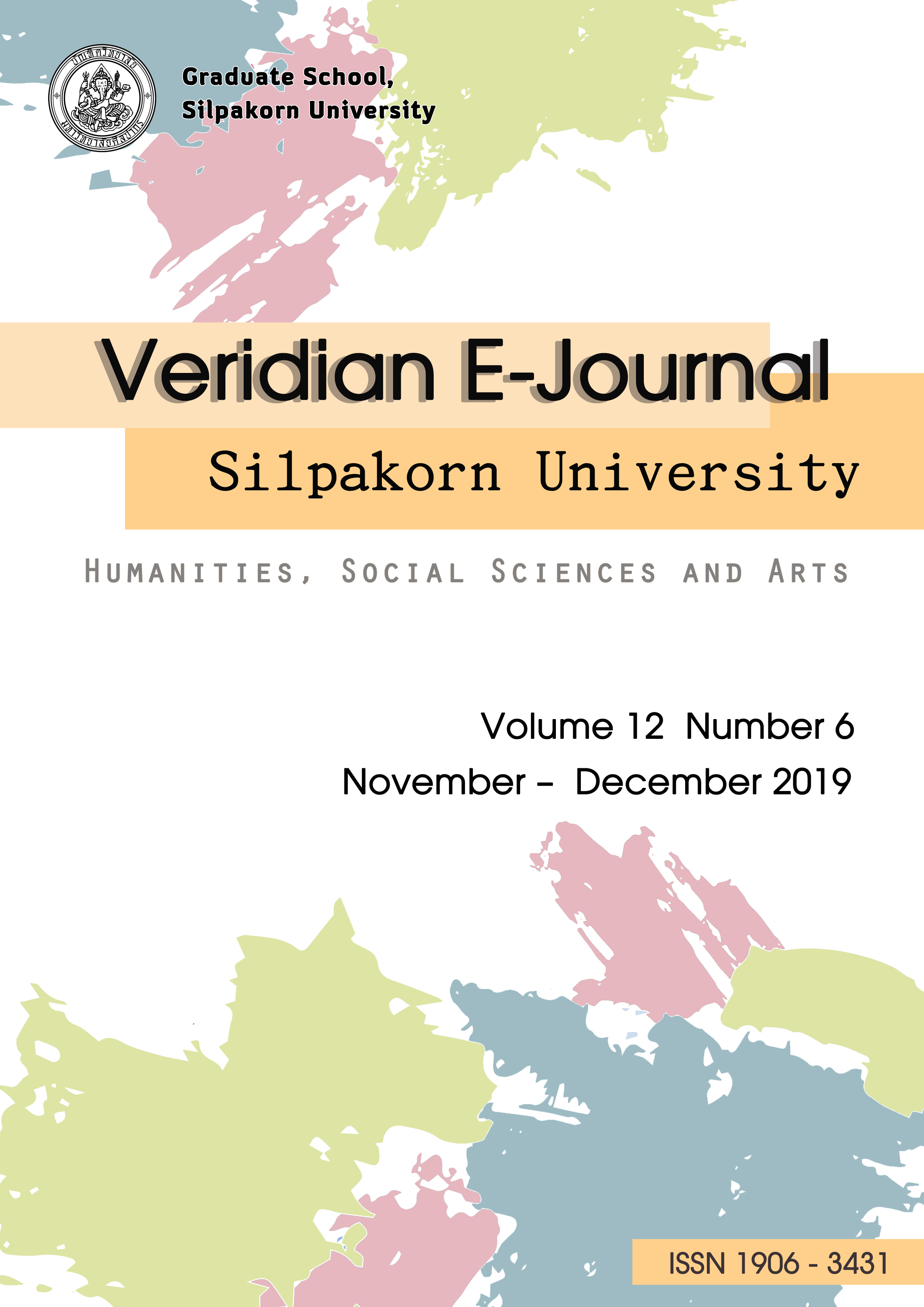Opinions of Selected Thai Nursing Students on Factors Contributing to their Academic and Clinical Stress
Main Article Content
Abstract
Academic and clinical stress in nursing students is a global issue. The purpose of this research was to investigate the factors that contribute to academic and clinical stress, to identify perceptions of levels of stress attributed to these factors, and to explore coping interventions that can reduce stress in nursing students at a institute of higher learning in Thailand. This is a mixed-method research study design including 415 nursing students across all years of their bachelors’ program. Quantitative data collection (n=415) was done using a survey questionnaire with analysis including descriptive and inferential statistics (i.e., ANOVA). Qualitative data collection (n=8) was conducted through a focus group discussion with content analyzed using conceptual descriptive analysis.
Results revealed that nursing students generally experience a moderate level of stress in both academic and clinical areas (an overall score of 1.40 , SD = 0.41). Higher mean scores were noted for academic stress, particularly in the physical dimension (M=1.70, SD=0.51). Comparison between different educational levels showed that freshmen experienced the highest level of academic stress, followed by sophomore, senior and junior nursing students [M=1.59 (SD=0.45); M=1.51 (SD=0.42); M=1.49 (SD=0.53); M=1.38 (SD=0.37)] respectively. Sophomore nursing students experienced the highest level of clinical stress, followed by senior nursing students, freshmen, and junior students [M=1.37 (SD=0.39); M=1.34 (SD=0.42); M=1.32 (SD=0.39), M=1.30 (SD=0.39)] respectively.
There was a significant difference among the mean scores on academic stress for academic levels at p=.041. For subscale of academic stress, there is significant difference among the mean scores on physical, social, and spiritual for academic levels at p-level of .000, .022, and .002, respectively. There was no significant difference among the mean scores on clinical stress for academic levels (p=0.487). However, for subscale of clinical stress, there is significant difference among the mean scores on physical dimension for academic levels (p=0.003).
Results from focus group discussion revealed that factors contributing to academic stress included studying multiple subjects at the same time, heavy course work assignments, examinations, age, lack of family support, classmates, and time management. Factors contributing to clinical stress included preceptors, group members, changing wards, lack of confidence, patients, assignments, case conferences, and competition. Nursing educators need to be aware of the factors that affect stress of nursing students across the program as well as across the years of the program in order to intervene appropriately.
